
Android Q brings new gesture navigation which is a lot more iOS-like than the two-button gesture system on Android Pie. It kind of sucks because navigation on Android has traditionally been quite different than iOS. So a gesture bar or a home bar is not enough on Android. Besides, the little space reserved for it on the bottom makes some apps look weird with display corners rounded on most phones. So we do have some good reason to want to hide home bar on Android Q.
OEMs like OnePlus and Samsung have already been offering full-screen gesture navigation without the need for a bar. OnePlus’ Oxygen OS even allows hiding the home bar in the Settings. That, however, breaks the swipe to switch apps gesture which is what makes using gestures more convenient in the first place. Fortunately, there’s a better way to hide the home bar on Android Q.
You’ll need to use ADB and thus, a PC, but this method works on every device with Android Q gesture navigation enabled. And hiding the home bar this way does not affect gesture navigation much.
Requirements
- Your PC needs to have ADB and Fastboot installed. If you don’t want to install something you can just download the Android SDK platform-tools folder.
- Android Q gesture navigation must be enabled in Settings. You can get the swipe gesture feature on any Android device with Full-Screen Gestures.
Enable USB Debugging
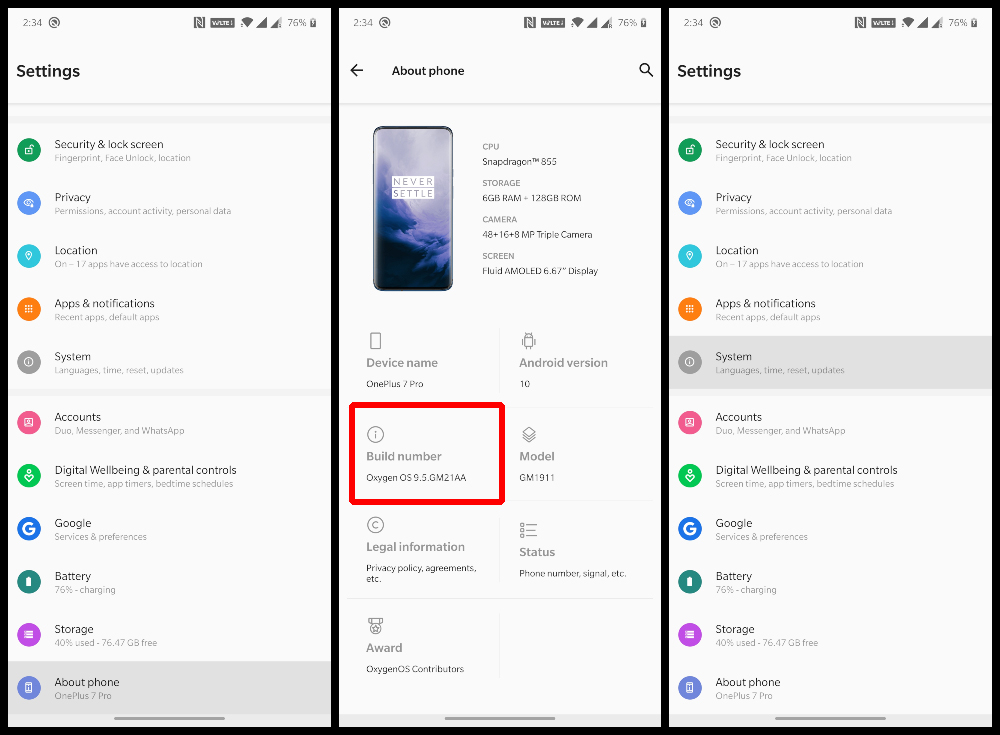
In order to use ADB, you will need to enable USB Debugging on your Android Q device. This setting is placed inside Developer options which is a hidden section. To enable it, go to Settings > About phone and tap on the Build number 7 times. You’ll then see a toast notification saying you’re now a developer.
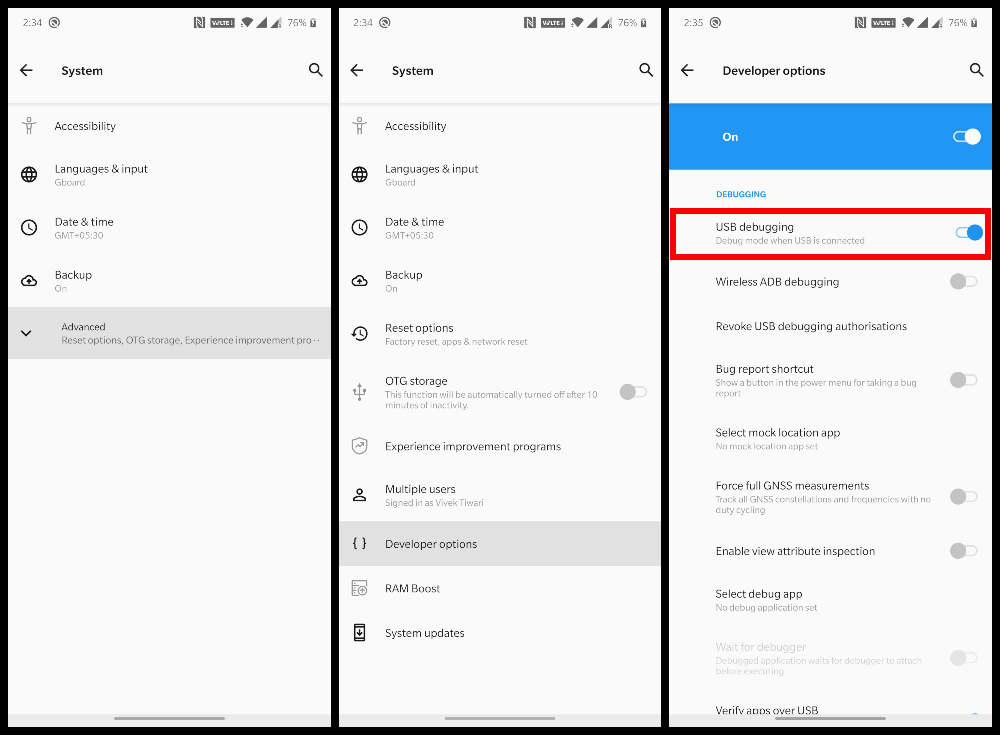
Go back to Settings and select System. You should now find Developer options here. Inside Developer options, scroll down until you find the USB debugging setting and turn on the toggle next to it.
Connect Your Android Q Device to PC
- Go to the platform-tools folder on your PC.
- If you’re a mac or Linux user, right-click inside the folder and select Open in Terminal.
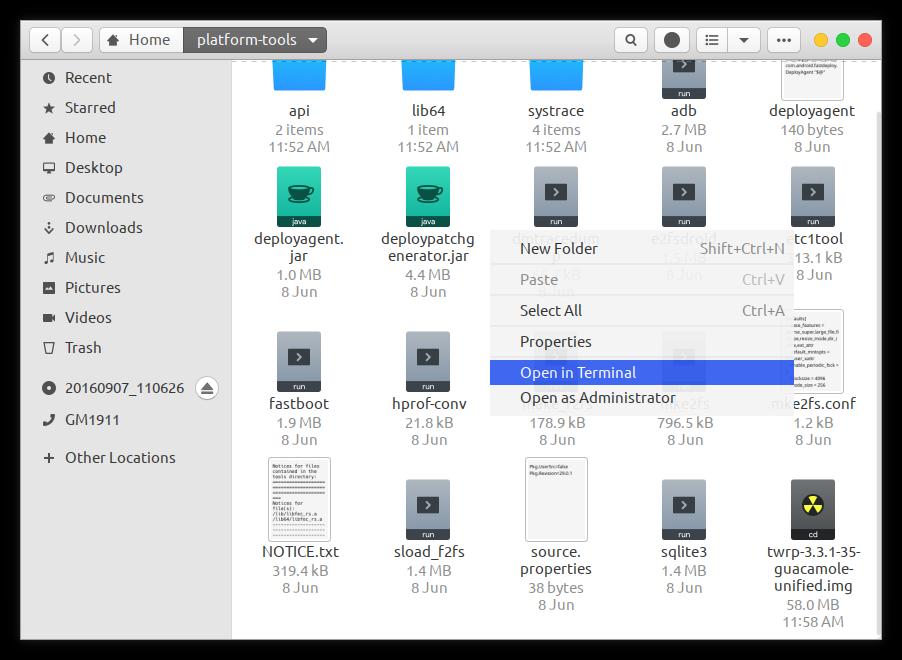
- Windows users can type cmd in the address bar and hit enter to open a command prompt window inside the folder.
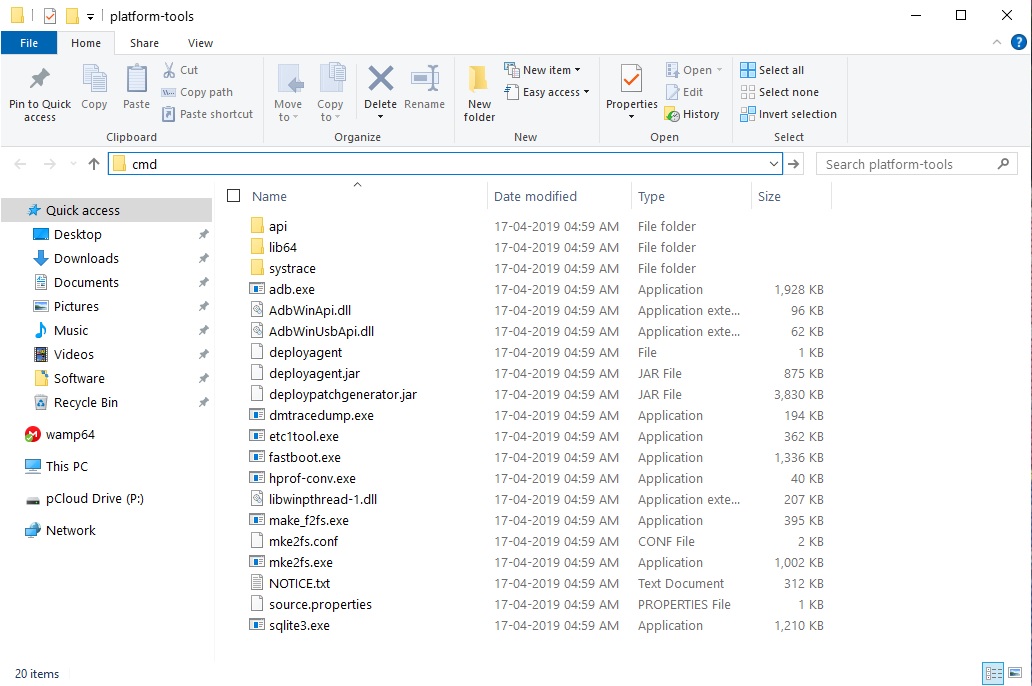
- If you’re a mac or Linux user, right-click inside the folder and select Open in Terminal.
- Connect your Android Q device to the PC with a USB Cable.
- At this point, if you should see a prompt on your phone asking to allow USB Debugging permission to your PC.
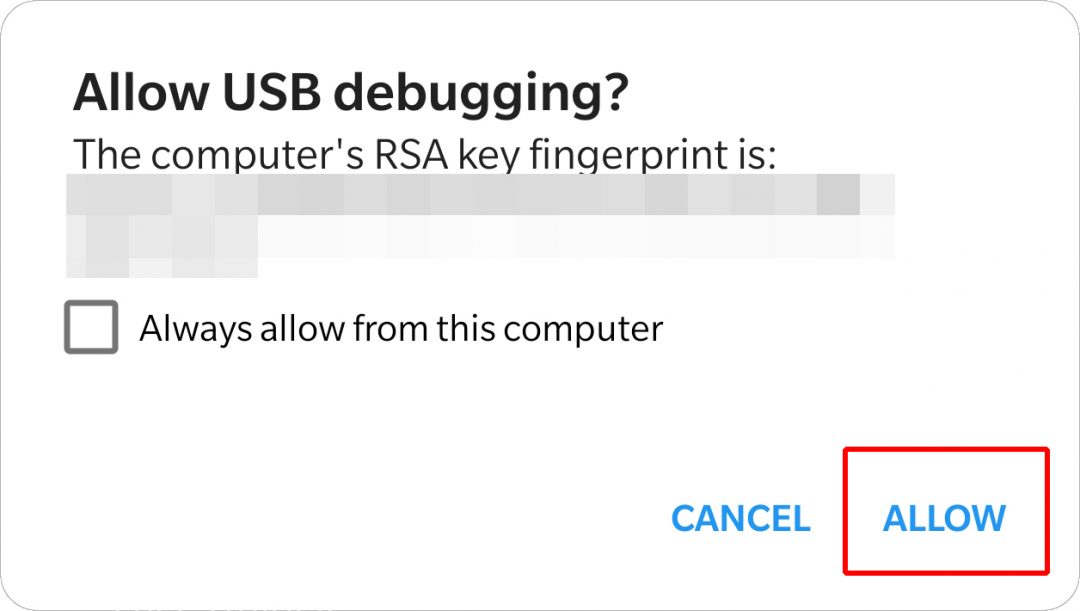
- If you don’t, you can enter the command given below in the command prompt or Terminal to trigger it.
adb devices
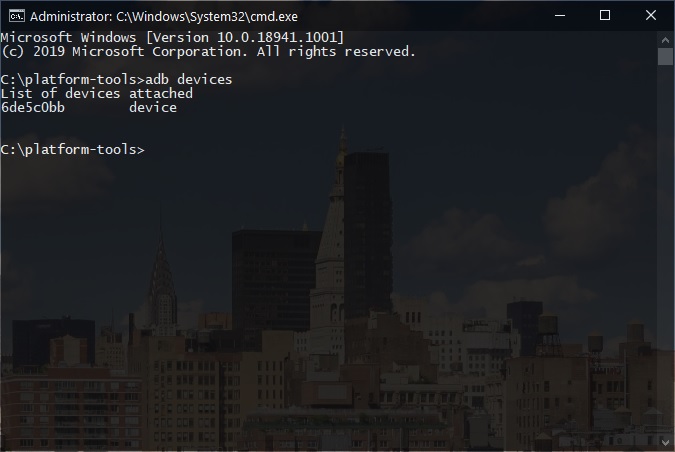
- The adb devices command will return your device’s serial number if your device is detected.
Don’t Miss: Get iPhone X-esque Home Button with X Home Bar
Hide Home Bar on Android Q
Now that all of that is done, we can finally hide the home bar on Android Q. The way it works is by moving the home bar off the screen. But we don’t want to move it so far off that the gesture trigger area is no longer at the bottom screen edge. Therefore, how many pixels we move it further down will depend on the screen resolution of your device.
Most smartphones have a 1080p display while the flagships like Google Pixel 3 XL, Galaxy S10, or the OnePlus 7 Pro have a 1440p display. So we’ll cover those two here.
If your device has a 1080p display, enter the command below in the Terminal/command prompt.
adb shell wm overscan 0,0,0,-45
For 1440p displays, use this command given below instead.
adb shell wm overscan 0,0,0,-105
If you ever want to unhide home bar just replace the last value to 0 which is the default.
adb shell wm overscan 0,0,0,0
Hidden Home Bar on Android Q
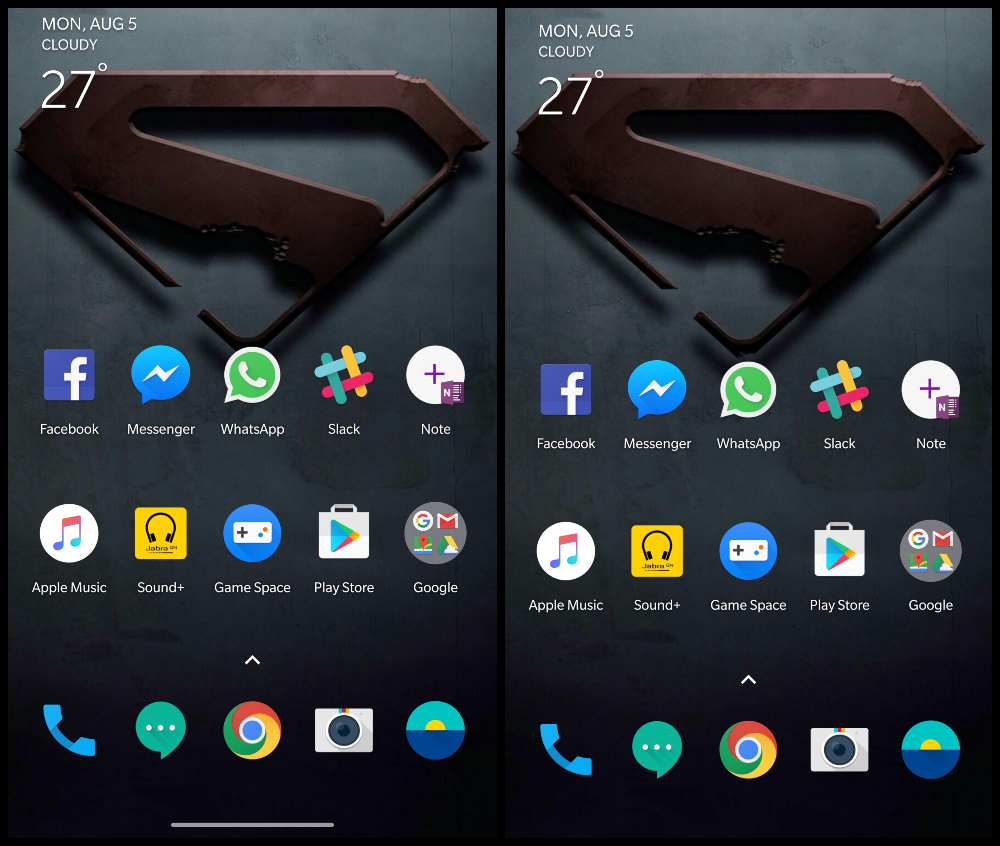
As you can see in the screenshots above, the content moves slightly downwards but the command does hide the home bar. This also means that the button to pull down the keyboard when the keyboard is open will not be visible. In my book, that’s a plus because it looked awkward placed next to the home bar anyway. You can still tap in that general corner to hide the keyboard.
This does not do much to improve the mess that is Android Q gesture navigation but it certainly helps make it look more appealing.
Read Next: 7 Android Hacks That Don’t Need Root



Join The Discussion: